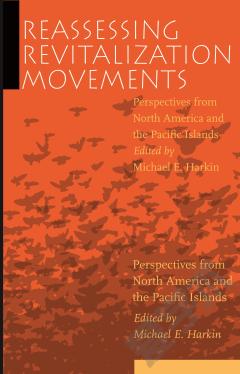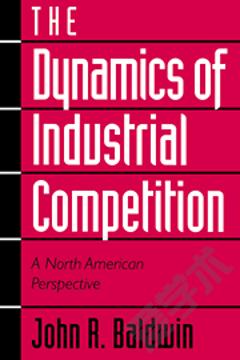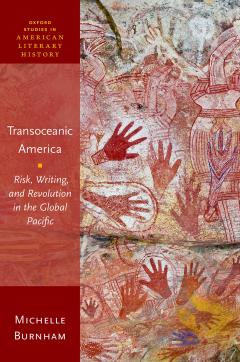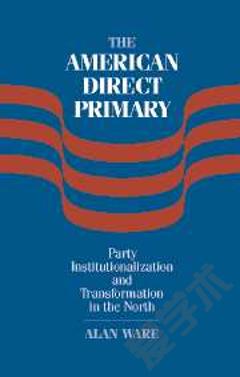Reassessing Revitalization Movements: Perspectives from North America and the Pacific Islands
Michael E. Harkin (ed.), Reassessing Revitalization Movements: Perspectives from North America and the Pacific Islands, Lincoln: University of Nebraska Press, 2004.In 1956, Anthony F.C. Wallace introduced the concept of "revitatization" to draw attention to what he perceived as "a uniform process" underlying such apparently diverse religious and political movements as Christian revivals, Utopian communities, cargo cults and revolutions (1956: 264). Around the same time and into the 1960s, other sociologists, anthropologists and psychologists introduced their own schemes and terminologies, although few surpassed Wallace's model in terms of its empirical and theoretical ambitions. While "revitalization movement" has gained some limited popularity as a general label for religious movements, particularly among North American ethnohistorians, the concept remains closely associated with Wallace, whose elegant study of the Handsome Lake movement amongst the Iroquois provides its primary exemplar (Wallace 1970). The "reassessing" in Reassessing Revitalization Movements thus carries a double load: it refers to the extension of Wallace's model into the new terrain of Oceanic movements where it has rarely been applied and it refers to a critical re-examination of the model itself.The book is comprised of a short graciously written Foreword by Wallace, an Introduction by Michael E. Harkin and twelve case studies. The first of the descriptive chapters, running to more than 60 pages, is a tour de force by Maria Lepowsky that juxtaposes a detailed analysis of a 1785 mission Indian uprising in Spanish California with reflections on cargo cult activities in eastern Papua New Guinea that first appeared in the 1880s. The remaining chapters rotate between Native North America and the Pacific Islands, examining movements that date from the late 18th century to the present. All but two of the contributors are anthropologists, but all make excellent use of documentary and oral evidence to present fine-grained historical perspectives on these varied movements.The case studies are uniformly excellent, written in engaging prose at a high level of theoretical sophistication. Taken on their own, they are worth the price of admission. The juxtaposition of studies from the two regions is often very revealing, especially as one moves closer to the present That said, readers who come to the volume expecting to find a sustained engagement with revitalization theory or the creation of an updated comparative framework based on it will be disappointed. All of the authors use revitalization movement as a general label and all comment upon aspects of Wallace's 1966 model. This provides the chapters with a common touchstone. Yet only three of the authors actually attempt to update and apply the model as an analytic tool and even then only in the most general way. Everyone is very polite. Jennifer S.H. Brown's comments on the relevance of revitalization theory for an appreciation of an early prophetic movement amongst Hudson Bay Cree, however, reveal what I suspect is the consensus opinion: the model is useful as a rough starting point but a "distraction from deeper issues of documentation and meaning" (pp. 121-22).Harkin asks in the Introduction, "Why Revitalization?" (p. xi). It's a good question, although one that he never answers clearly. Harkin states, as a belief, that "revitalization is the most sophisticated theoretical lens through which to view [religious] movements" (p. xxv). He does not say why he believes this. Indeed, he does not even provide a synopsis of Wallace's model Instead, the Introduction rambles between postmodern critiques of cargo cult studies, the colonialist legacy of revitalization theory, dialogic approaches to understanding movements, the role of deprivation in Wallace's theory and so forth. His most direct defence of Wallace appeals to "the classic virtues of anthropology as a social science"-empiricism, holism, the comparison of institutions and so forth-rather than the details of the model (p. â¦
{{comment.content}}








 京公网安备 11010802027623号
京公网安备 11010802027623号